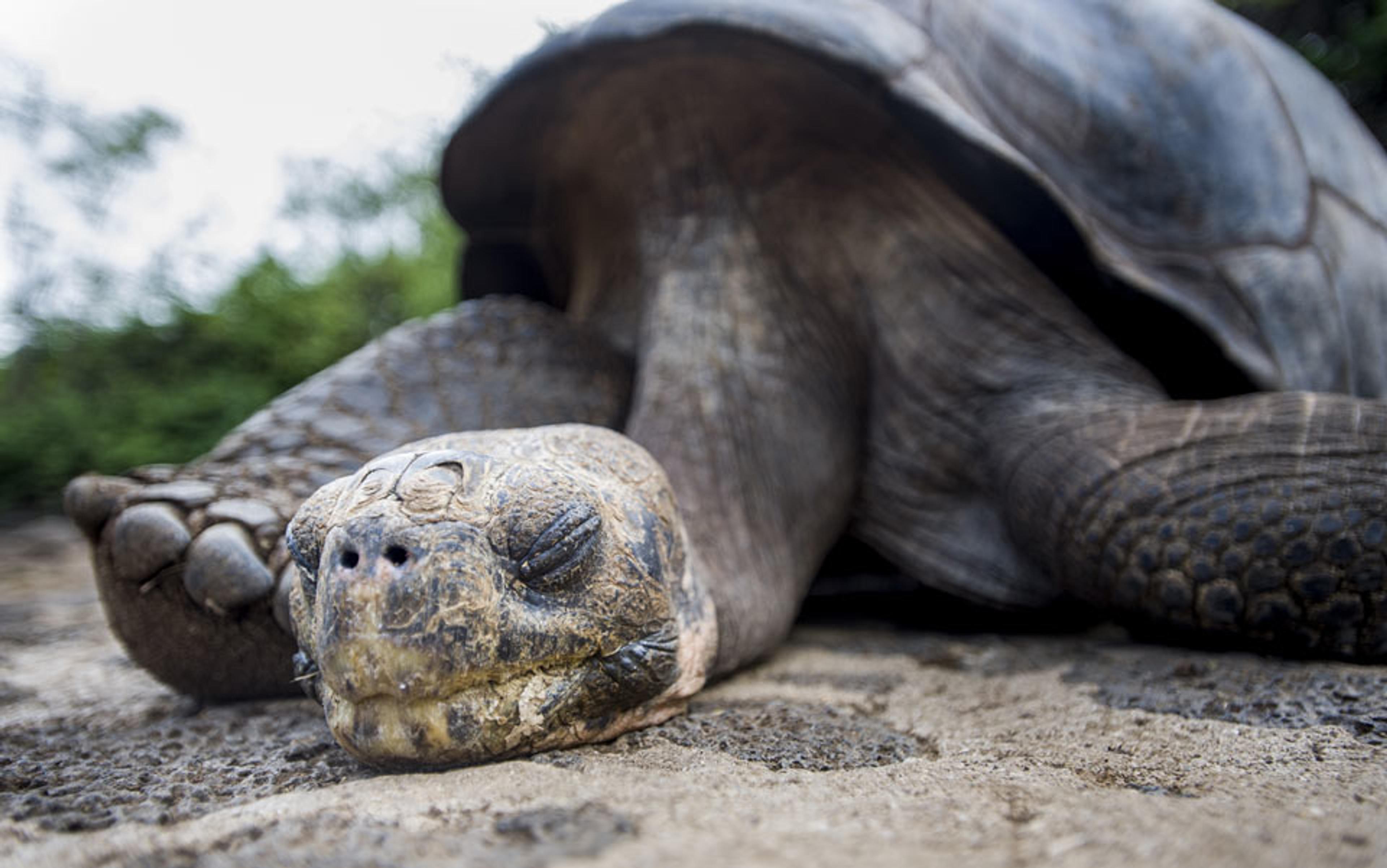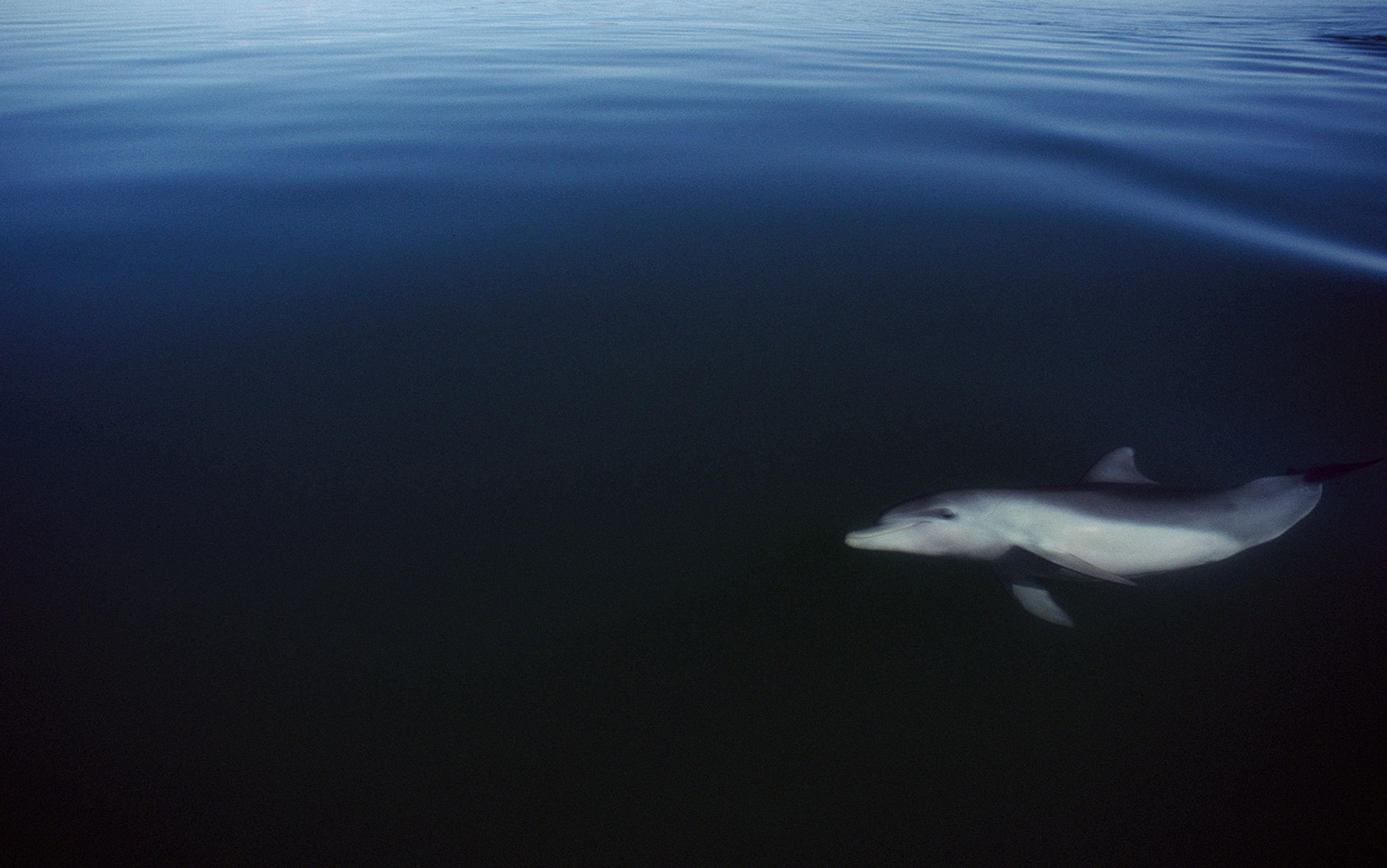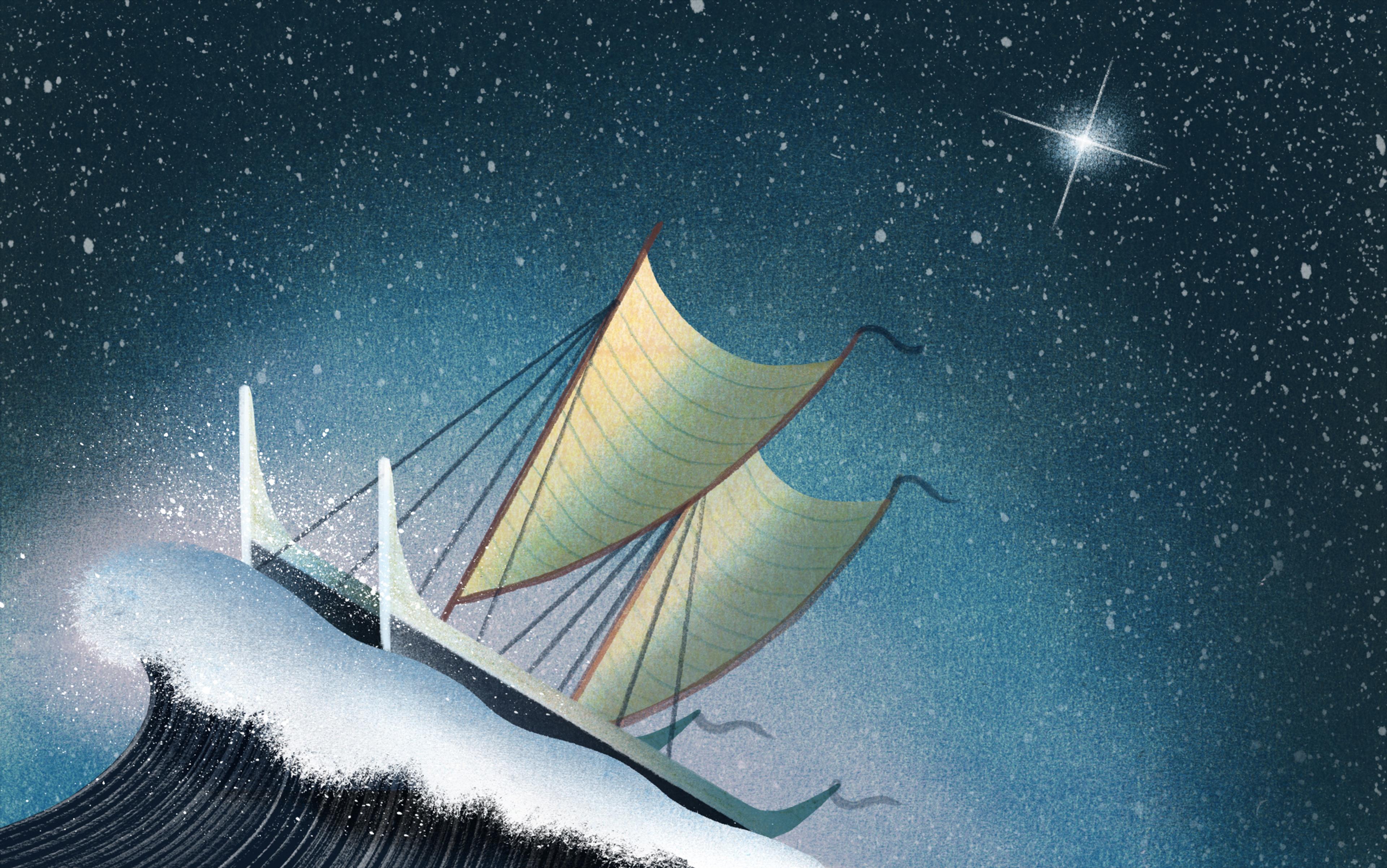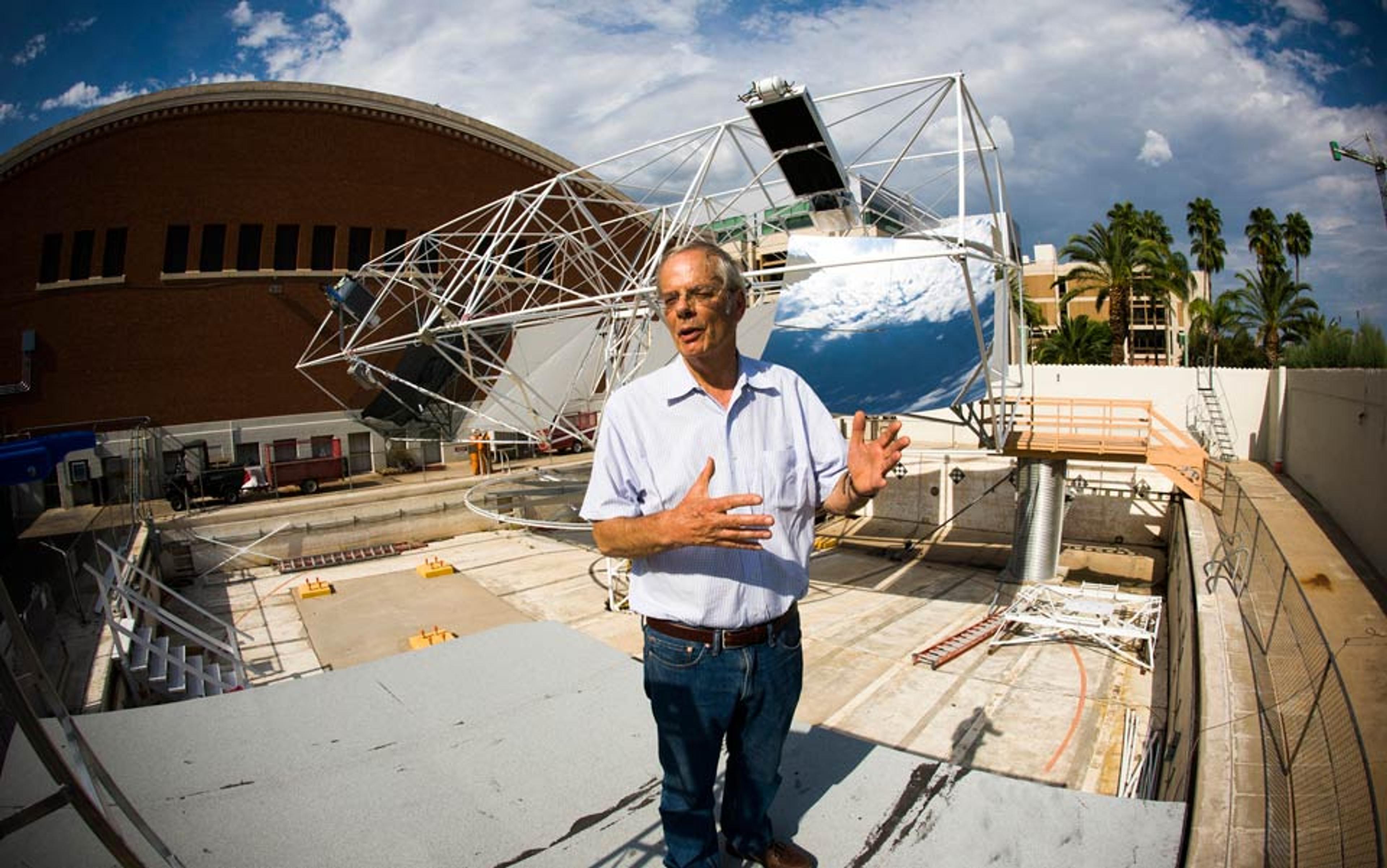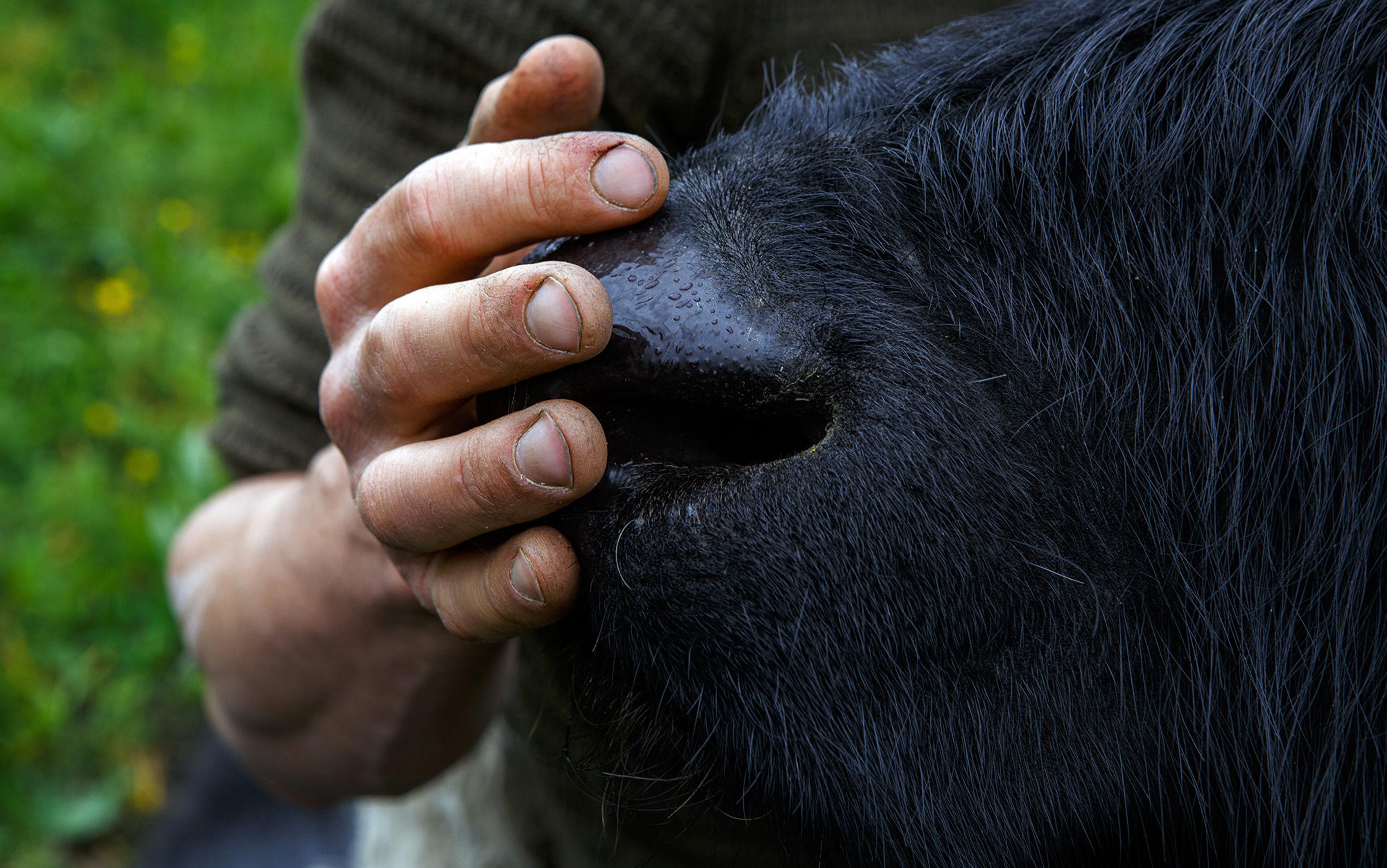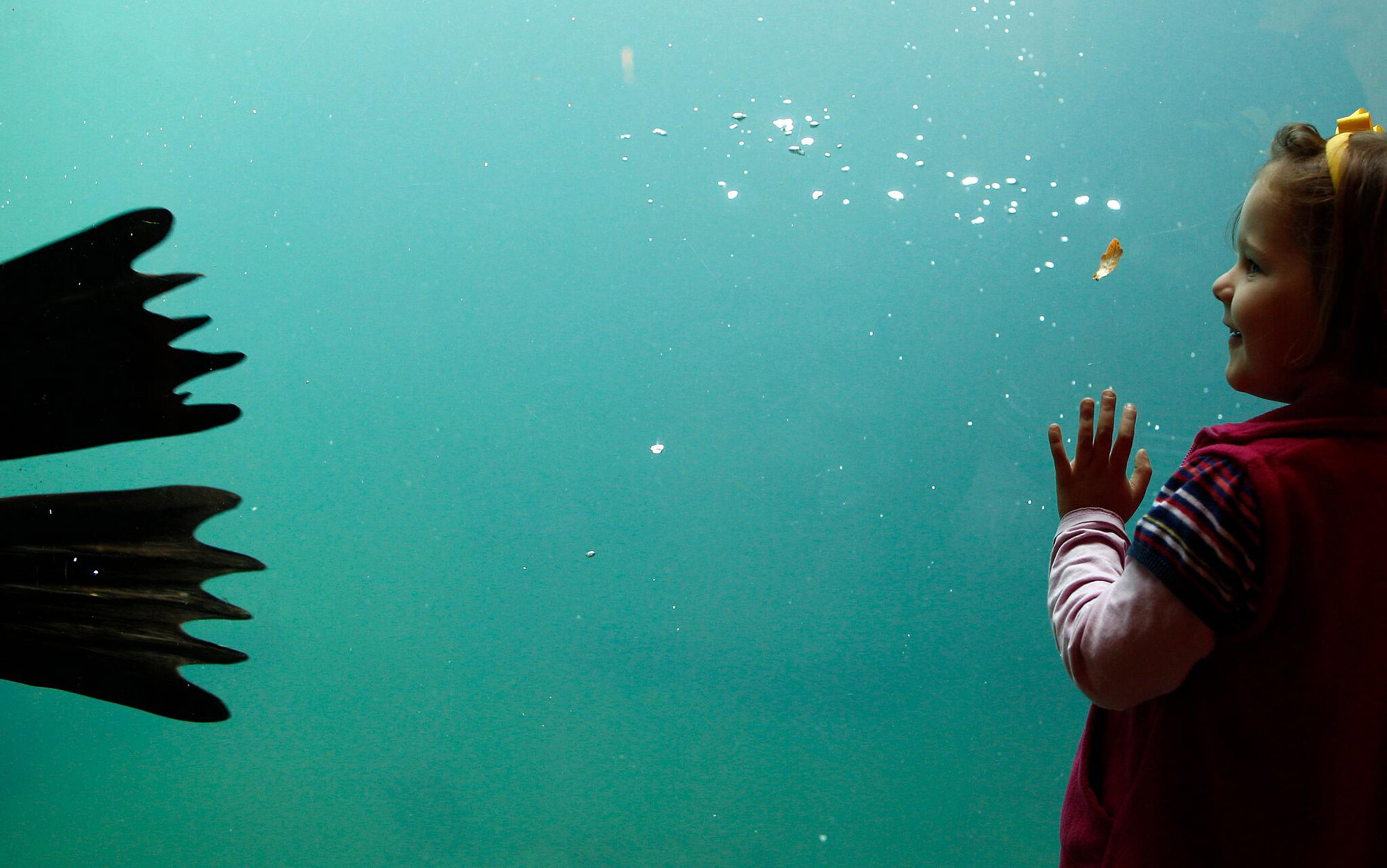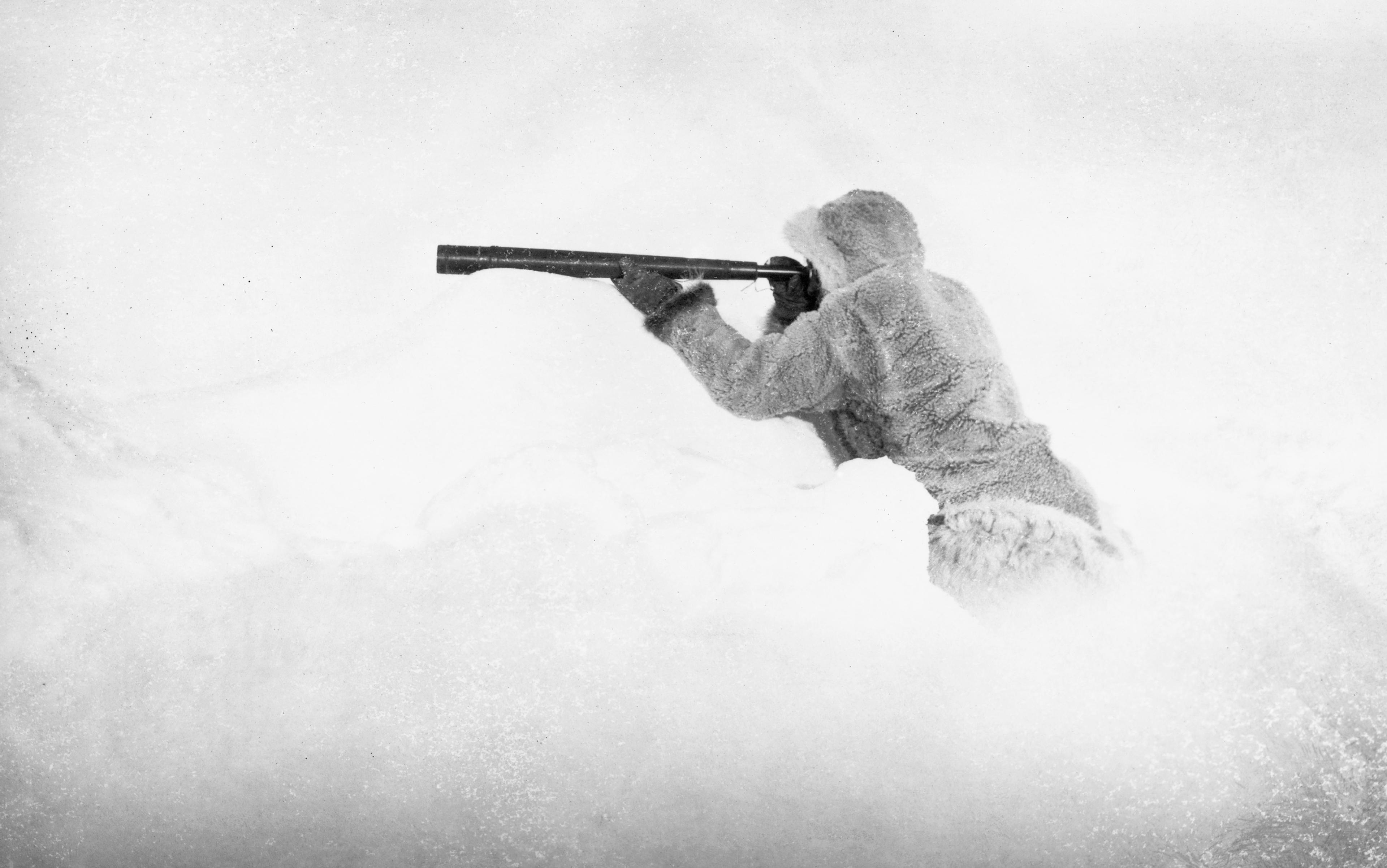I don’t recall reading poetry as a child. My father had some Betjeman and a tattered paperback of A P Wavell’s Other Men’s Flowers on the bookshelves under the stairs and, while I remember looking at the covers, I don’t think I opened them. Then, at the age of 13, our English teacher handed out two books, The Selected Poems of R S Thomas, and an anthology, Conflict and Compassion, edited by John Skull. I think they very possibly changed my life. The discovery that a collection of words that wouldn’t catch your attention when overheard on the bus can be arranged in an order that will move you more than kisses or rollercoaster rides. I still have both books. The anthology is particularly odd. It’s clearly intended for children – lots of white space, big font, themed sections illustrated by black and white photographs – except that the sections dealt, respectively, with nuclear war, violence, ageing, death, sickness, racism and the heartlessness of the modern city, and were accompanied by photographs of napalm victims, disfigured children, an old homeless man playing a violin in a rubbish tip, two fatal road accidents…
This was 1975. It seemed not wholly impossible that all the red buttons might be pushed and humanity might be wiped out, leaving only cockroaches to thrive among the ashclouds. Which is perhaps why the poems in the section about nuclear war felt the most urgent and had the most profound effect on me. ‘Fifteen Million Plastic Bags’ by Adrian Mitchell. ‘Your Attention Please’ by Peter Porter. The one that haunted me most was ‘The Horses’ by Edwin Muir:
Barely a twelvemonth after
The seven days war that put the world to sleep,
Late in the evening the strange horses came.
By then we had made our covenant with silence,
But in the first few days it was so still
We listened to our breathing and were afraid.
On the second day
The radios failed; we turned the knobs; no answer.
On the third day a warship passed us, heading north,
Dead bodies piled on the deck. On the sixth day
A plane plunged over us into the sea. Thereafter
Nothing…
***
You died fast or you died slow. Both possibilities terrified me. But there was something else, too. That vision of afterwards. The sky empty of signals, minds going out one by one, the chill I still feel sometimes seeing horses standing motionless in early morning mist. The world in our absence.
***
Every summer when we were children, my sister and I would spend a week in a boarding house in Brighton with my father’s parents. Candy floss and penny waterfalls on the West Pier, riding the model steam train to Hove.
In one of the arched vaults under the promenade was Walter Potter’s Museum of Curiosities. One half of the interior was given over to a collection of anatomical curiosities – calves with six legs and piglets with two heads floating in great vats of formaldehyde. The other half contained a selection of Walter Potter’s deranged taxidermy. His speciality was stuffing small animals, dressing them up and arranging them in dramatic tableaux under glass. There was a kitten bride in a tiny lace wedding dress being married to a puppy bridegroom in a black velveteen suit, the kitten family filling one side of the aisle, the puppy family filling the other, every one of them dressed up to the nines. A group of squirrels smoked pipes and read newspapers and played cards in the back room of a pub. The nursery rhyme ‘Who Killed Cock Robin’ was dramatised with a real robin and a real sparrow and a real fish, a real owl, a real rook, a real kite, a real linnet… The fly and the beetle were dried rather than stuffed, and the bull was a scale model, though it was upholstered in something that looked suspiciously like dog skin.
In retrospect, I wonder if Walter had puppies and kittens bred and killed to order. It wasn’t just the sheer number, but the fact they were all so carefully colour-matched. I wasn’t a stupid child and I hated the thought of animals suffering, but I remember thinking only that they looked quite sweet, then that they were slightly boring, then that I really wanted to be outside eating a 99 with sprinkles.
The Boy Who Cried Wolf… The Town Mouse and the Country Mouse… I never quite understood the point of Aesop’s fables. Who needs to be told that an addiction to raising false alarms is a bad idea? But there was always something slippery about The Tortoise and the Hare. You know how it goes. The hare mocks the tortoise for his lack of speed, the tortoise challenges the hare to a race, the hare takes an over-confident nap midway, the tortoise wins.
Slow and steady wins the race is what teachers said. Which was patently not true. Slow and steady wins the race if by some freak of luck your vastly superior opponent is stupid enough to sleep on the job, perhaps. The most sensible advice would surely be Don’t throw down a foolish challenge in the first place.
It would be more logical to identify with the hare. Don’t brag. Don’t take any victory for granted. Except that I never do identify with the hare. I don’t think anyone identifies with the hare. I am the tortoise. You are the tortoise. As John Lennon didn’t quite say.
***
It’s hard to write about animals without remembering the quote by Claude Lévi-Strauss: ‘Les animaux sont bons à penser.’ It’s usually translated as ‘Animals are good to think with.’ Which isn’t quite right because ‘bons à penser’ is a phrase of Lévi-Strauss’s own invention, modelled on the phrase ‘Les animaux sont bons à manger’ or ‘Animals are good to eat.’ So perhaps the best translation is ‘Animals are good to think.’
Good to think with. Good to think. It’s the difference between a spanner and a hand.
When he’s teaching, my friend the writer William Fiennes sometimes asks students to write about an encounter they have had with an animal at some time in their lives. What they soon discover is that the animal is always some unspoken aspect of themselves. The rat in the compost bin. The teenage girls escaping from a predatory geography teacher who stumble on a sheep giving birth. The deer shot by two boys who’ve stolen a gun.
Put an animal in a story and it is never just an animal. The faithful dog who waits for Odysseus’s return. The dove that brings the olive branch back to Noah. The sparrow that flies through the banqueting hall as you sit with your thanes and counsellors. Moby-Dick, War Horse. Animals aren’t tools for thinking. Animals are some of the basic building blocks of thought itself.
***
Looked at objectively, they’re not beautiful creatures. Dolly and Dirk and Dolores. They’re not graceful, they’re not furry. They don’t play or build nests or beg for food. Up close, they have gummy eyes and unexpectedly sharp little teeth. Something of a slow-motion, badly moisturised Voldemort about them. No real sense of your attention being returned. Holding a big snake is unexpectedly sensuous, like holding a very expensive leather handbag full of warm custard. Stroking a giant tortoise is like running your hand over a very dry log.
Dolphins, I’ve always felt, are somewhat supercilious
But we can’t look at them objectively. We can’t look at any animal objectively. And we love them, in life, and in fiction. Put any tortoise in a story and it becomes a moral centre. Jane Eyre or Jack Reacher. Heroes in a half-shell. Elephants can trample you to death, owls come out after dark which is never a good sign, rabbits cause havoc in Mr McGregor’s garden, bears open your Land Cruiser like it’s a packet of Hobnobs. Dolphins, I’ve always felt, are somewhat supercilious, this suspicion that they know how badly we have fucked things up, so that when Douglas Adams says that they have been running the Earth as some kind of vast experiment, it seems not wholly improbable.
But the world rests on the back of a tortoise. And what does that tortoise stand on? As the little old lady was supposed to have said to Bertrand Russell: ‘It’s tortoises all the way down.’ Or maybe it was William James she said it to, or Joseph Frederick Berg. There are many versions. The point being that the tortoise is the fixed and indispensable part of the story, as usual.
It comes down, I think, to their long lives. Tu’i Malila who was supposedly given to the Tongan royal family by Captain Cook in 1777 and died 188 years later in 1965. Adwaita, the Aldabra giant tortoise, once reputedly the pet of Clive of India, who died in 2006 at the Alipore Zoo in India, at an age of at least 150, possibly over 200. Harriet, who was supposedly brought to England aboard the HMS Beagle and who died in 2006 in Australia Zoo in Queensland at the age of 175. Jonathan, the Seychelles giant tortoise who is still going strong on St Helena, at 181 or thereabouts, possibly the oldest living animal on Earth.
The frisson of thinking, This animal will be alive when I’m dead, when my children are dead, when my grandchildren are dead. Because, if we are honest, we are the hare. We think we’re so clever. We assume we’ll win. But slow and steady really does win the one race that matters above all others, the race against time, to remain alive, to hang on to the light, the air, to stop the world from going out.
The exclusion zone around Chernobyl is just over 1,000 square miles. State employees work in shifts, most of them tending the ravaged power station itself, but the area is largely uninhabited, apart from a couple of hundred elderly local refuseniks who have been grudgingly allowed to carry on living there, and the occasional group of tourists who have grown tired of Machu Picchu and the Northern Lights.
For the first couple of years after the disaster, there were mutated plants – weird growths, dwarfism, gigantism, a couple of specimens that, rather thrillingly, actually glowed in the dark like something in a 1950s sci-fi movie, but the animals looked fine. No two-headed moose. And pretty soon their numbers were rising in the absence of people. Wild boar, wolves, bison, otters, badgers, lynx, white-tailed eagles, marsh harriers. They’re all somewhat radioactive so you wouldn’t want them for lunch, but I don’t think the wild boar are going to be complaining about that any time soon.
I find it hard to read about the place without my heart lifting a little: nature flourishing in our absence, our capacity for destruction not quite as great as we thought.
Evolution is not a prodigal handout of skills. Animals don’t get the power of flight and decide they’d rather spend their lives on the ground
But what if no one was ever allowed back in? What if we really screwed up and a quarter of the whole world was like that? Half the world? Three-quarters? What if we completed our covenant with silence and a plane plunged over us into the sea and, thereafter, nothing? Just the horses and the lynx and the deer. A world without people.
***
Zeno’s Paradox of Achilles and the Tortoise is slippery in the same way. Achilles is trying to catch the tortoise. He runs to the point from which the tortoise started walking but finds that the tortoise is now some way ahead. He runs to that point but finds that the tortoise is, once more, ahead of him. He runs to that point, rinse and repeat, and while these distances get progressively shorter, there are an infinite number of similar points through which Achilles has to pass, so that he never reaches the tortoise. The conceptual ridiculousness supposedly has something to do with what Aristotle called ‘things infinite in respect of divisibility’ and ‘things infinite in respect of extension’. The real message, of course, as in all the tortoise stories, is that, even if you’re a superhero, time will defeat you in the end.
***
We went outside of puffin season but it didn’t matter. Skomer Island. You take a boat from Martin’s Haven, jellyfish swaying beneath the hull. Through the chop of Jack Sound, over the wrecks and into North Haven. It’s one of those places I have never quite left behind. Seal Hole, the Mew Stone, Tom’s House. 128,000 breeding pairs of Manx Shearwaters, a third of the world population. So many burrows, the ground feels hollow. They emerge at dusk to run the gauntlet of the greater black-backed gulls, spend the night at sea and return at dawn to do the same. The eerie cries of a hundred thousand birds. Like the spirits of drowned sailors. Or so they used to say.
Seals and porpoise and dolphin offshore.
There was a Neolithic settlement once upon a time, and you can still see the remains: a stone circle, the ruins of a few houses. Now there’s a warden, a handful of naturalists and daily groups of tourists during the summer. In winter, the island is left to itself. And this somehow, is part of the magic, our exclusion. The fact that our presence here is only temporary. Those eerie cries unheard at dawn and dusk as the planet tilts away from the sun.
It’s hard to write about animals without remembering a second quote, this one by Wittgenstein. It’s from Philosophical Investigations (1953): ‘If a lion could talk, we could not understand him.’
What makes it peculiarly satisfying, I think, is the way it contains two completely contradictory but equally appealing ideas. One is the idea that animals are profoundly different from us. We could not understand him. That part of growing up when you realise that puppies don’t wear black velveteen suits and squirrels don’t smoke pipes.
And the opposite idea, that animals have things to say, they’re just not saying them to us. If a lion could talk. The suspicion that animals are suffering a kind of locked-in syndrome and if we could only find the right mechanism, the right language, we could all be Doctor Dolittle.
***
The documentary Project Nim (2011) tells the story of the chimpanzee Nim Chimpsky who was taken away from his mother at two weeks old and brought up by humans as part of a 1970s Columbia University experiment in language acquisition. In truth, it’s mostly a documentary about the borderline-crazy human beings who become entangled in Nim’s life. This being the 1970s, it involves a lot of marijuana and balding professors sleeping with blonde grad students. Predictably, it’s not a happy story.
Nim learns many words, but he never learns to use grammar. He can’t do subordinate clauses or the hypothetical future. Even his most complex sentences could be expressed in compound words if you were feeling German enough. By the end of the film, it is obvious that Nim has not managed to say anything more sophisticated than the things your dog can say to you very clearly without the use of flash cards or American Sign Language. Feed me… No, feed me something different… Let’s go for a walk… Throw the ball again… I shat on the kitchen floor because I am hugely angry about this entire situation… I am sitting between you and your new girlfriend because I do not want someone entering your life who might be more important than me.
Evolution is not a prodigal handout of skills. Animals don’t get the power of flight and decide they’d rather spend their lives on the ground. It seems to me inconceivable that chimpanzees gained the ability to learn sophisticated language, one of the skills by means of which we pretty much took over the planet, and have decided not to use it.
***
In 1974 the philosopher Thomas Nagel wrote a famous essay called What Is it Like to Be a Bat?. He was writing about consciousness. Not the mechanical, objective aspects of consciousness – how we can juggle and do long division and go to sleep and wake up and reverse-park and tell the difference between a wife and a hat – but the more elusive, subjective aspect, awareness, the experience we have of being a mind in a body, of being on the inside looking out, of living life in the first person.
Nagel wants us to think more deeply about this elusive awareness by considering the wacky forms it can take. He wants us to imagine, in this instance, what it would be like to be a bat, to see using our ears. Rather uninteresting, I guess, though it’s not the answer Nagel gives. If we were bats, surely, the wacky thing would be the way human beings go around hearing with their eyes.
From a distance – the far side of the Milky Way, for example – oil rigs and opera would look as natural as cacti and thunderstorms
Except that if we were bats I’m not sure we’d have an opinion about the wackiness of human beings. Or about the flavour of moths. Or the cosiness of this belfry or that belfry. I find it hard to think of bats having opinions about anything. I have a strong suspicion that it’s not like anything to be a bat. I have a strong suspicion that bats do not have the sensation of being on the inside looking out, of living life in the first person.
But kittens? Squirrels? Chimpanzees? Can you be conscious in this sense if you can’t do subordinate clauses and the hypothetical future, if you can’t tell stories? Isn’t that what it means to exist in the first person, to be the protagonist in your own rolling, present-tense narrative? Here I am pouring myself a cup of coffee… What would happen if I jammed a fork into the toaster…? This raspberry jam tastes just like the raspberry jam my grandmother made when I was a child.
Why is it so hard to think of animals as exquisite machines? If a lion could talk… We want animals to be profoundly different from us. But we want them to be looking at the world through animal eyes, so that we in turn can think about what it’s like to be a kitten or a squirrel or a chimpanzee. It’s our only way of thinking about things with faces that move of their own accord. Industrious ants and sinister sharks and idle sloths and friendly robins. It’s the grown-up version of pipes and velveteen suits. We have no other language.
It’s hard not to think of human beings as fundamentally different from that which came before. It’s hard not to think of human beings as the guardians of the natural world, or the destroyers of the natural world, or the pinnacle of the natural world. But from a distance – the far side of the Milky Way, for example – oil rigs and opera would look as natural as cacti and thunderstorms, the exotic behaviour of a particularly successful species of animal who dominated the Earth so effectively they actually made it light up at night.
I’m picturing a planet in a nearby galaxy. It has an atmosphere. It has life. Let’s say the most complex form of that life is somewhere around the level of a horse. The whole planetary ecosystem flowers and dies over a few billion years. The core cools. The atmosphere blows away. There’s nothing left but rock. Imagine that no-one anywhere else in the universe was ever aware of the existence of this planet. An island in space and time. A cosmological exclusion zone. Did nature happen here? Was it precious? Because, with the best will in the world I’m not sure that horses make that kind of judgment.
***
Jean Des Esseintes, the decadent aristocrat in À rebours by Joris-Karl Huysmans, who had jewels set into the shell of his tortoise. Aeschylus being killed by an eagle who dropped a tortoise on his head. And so on and so forth. I can’t do the longitude thing, the tulips thing, the salt thing – weaving together a tapestry of tortoise-related stuff. I’ve never been able to do it. I start writing about swimming and end up writing about corporal punishment. I start writing about modern architecture and end up writing about model trains. I start writing about Galápagos tortoises and end up writing about nuclear disasters.
Which is how most people think about Galápagos tortoises, of course, apart from those few who get to see them in the wild. We stand right here. We think of what it might be like to be a tortoise like Dirk or Dolores or Dolly. That idea of a stripped-down, slow-motion existence. Outliving our world. Though being like Dirk or Dolly or Dolores might not be like anything at all. The inexplicable fairy-tale nobility that goes back to Aesop and Zeno and god knows how much further. Then our attention drifts and we wander off to the komodo dragons and the wallabies, and after that maybe a 99 with sprinkles.
And maybe that’s shallow. Or maybe zoos are not just libraries where each pen, each cage, each enclosure is a volume from which valuable information should be extracted. Maybe zoos are not just storehouses of the exotic. That spark of recognition you get when you look at any animal, from a cockroach to a bonobo. Industrious, sinister, idle, friendly… Maybe it’s not so sentimental after all. Maybe that’s precisely what makes them precious. Animals are good for thinking. Maybe coming here is a way of making sense of ourselves.
***
They carry with them some of that island magic, too, Dirk, Dolly and Dolores. The Galápagos and everything they stand for. The way that some species become giants when they are surrounded by the sea, like the Dodo and the Elephant bird. Prospero, Crusoe, Moreau, all those Robinsons. Flies buzzing round a pig’s head on a stick. The Forbidden Planet. The polar bears and the smoke monster. Something both isolated and complete about them. Puck saying, ‘I’ll put a girdle round about the earth’, 12, 13 years after Drake put a girdle round the Earth with the Golden Hind in 1580, so that for the first time the groundlings had a picture of the world as circular and contained. Saying this from the stage of the eponymous Globe, that wooden O, that little world entire of itself.
And always, when I think of this, a flash-forward to that Ektachrome photo of the Earth rising over the moon’s horizon, taken by William Anders from Apollo 8 in 1968. Our blue‑green island in a black sea.
And it would be perfect if one of the most influential pictures ever came packaged with a great quote, but no one sends poets into space, so all we have is a crackly recording of Frank Borman saying: ‘Oh my God, look at that picture over there! There’s the Earth comin’ up. Wow, is that pretty!’
